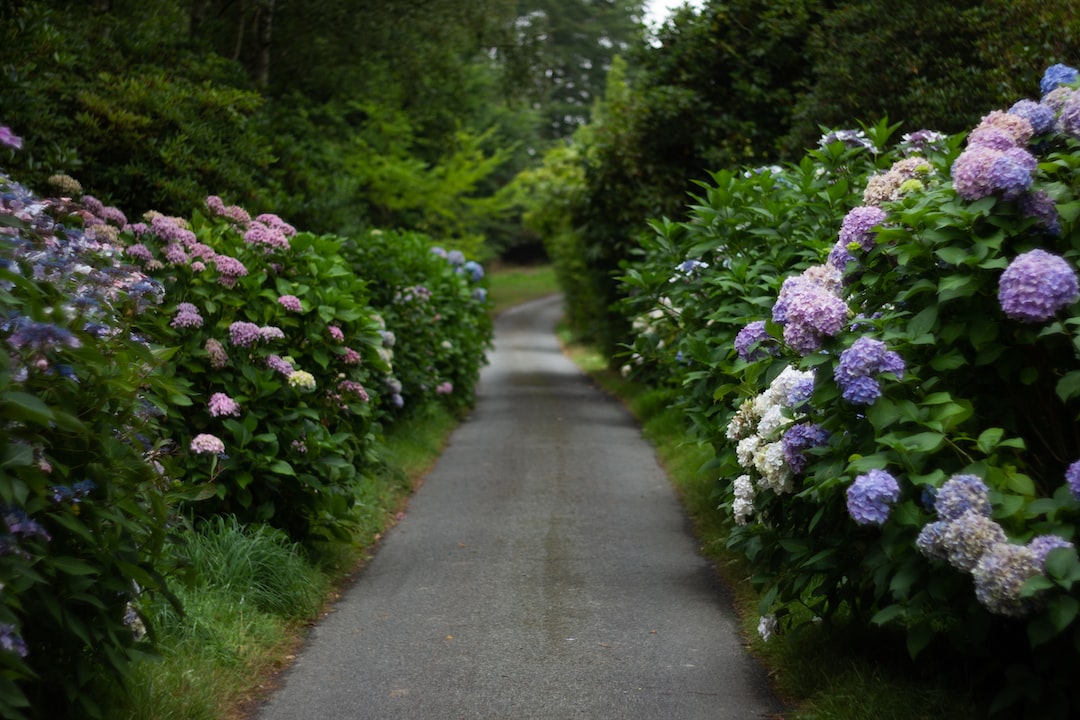Creating a Wildlife-Friendly Garden: Attracting Birds, Bees, and Butterflies
In today’s fast-paced world, finding a peaceful sanctuary within the confines of our own homes can be a challenge. However, with a few simple steps, you can transform your garden into a thriving habitat for wildlife, providing a haven for birds, bees, and butterflies. Not only will you be contributing to the preservation of these essential creatures, but you will also enjoy the beauty and serenity they bring to your outdoor space. Let’s dive into the world of creating a wildlife-friendly garden and discover how you can attract these magnificent creatures.
1. Native Plants: The foundation of any wildlife-friendly garden lies in cultivating native plants. Native plants have evolved alongside local wildlife and provide the necessary resources for their survival. Research the native plants found in your region and incorporate them into your garden. The variety will attract a diversity of species, ensuring a vibrant ecosystem.
2. Butterfly Gardens: Butterflies are some of the most enchanting creatures to watch as they gracefully flutter through the air. To attract these beautiful insects, incorporate plants that serve as both host and nectar sources. Milkweed, for example, is essential for monarch butterfly caterpillars, while plants like coneflowers and bee balm provide nectar for adult butterflies. Including a shallow water source, such as a birdbath, will also entice butterflies to frequent your garden.
3. Bee-Friendly Plants: Bees are not only crucial for pollination but also play a vital role in our food production. To attract bees, plant a variety of flowering plants with different shapes and colors. Bees are particularly fond of blue, purple, and yellow flowers, but including an array of colors will ensure no bee is left out. Lavender, sunflowers, and bee balm are excellent choices for attracting bees. Avoid using chemical pesticides, as they harm bees and other pollinators.
4. Bird Feeders and Baths: Birds are delightful visitors to any garden. Creating a welcoming environment for our feathered friends can be as simple as installing a bird feeder and a birdbath. Different species have varying feeding preferences, so offering a variety of bird feed will attract a broader range of birds. Consider adding nesting boxes or birdhouses to provide shelter and encourage nesting. Ensure the feeders and birdbaths are cleaned regularly to prevent the spread of diseases.
5. Water Features and Ponds: Incorporating water features in your garden not only adds visual appeal but also attracts an assortment of wildlife. Birds, bees, and butterflies are drawn to the natural water source and will frequent your garden more often. A pond, complete with aquatic plants and rocks, serves as an ecosystem in itself, supporting a diverse range of wildlife. Frogs, dragonflies, and water insects will be attracted to the pond and create a balanced ecosystem within your garden.
6. Shelter and Habitat: Providing shelter and nesting spaces within your garden will entice wildlife to take up residence. Create dense shrubs, layers of vegetation, and thickets to offer birds and insects a safe habitat. Install bat boxes to encourage these beneficial creatures, as they consume large quantities of insects each night. Leave leaf litter and logs undisturbed, as they provide shelter for beetles, spiders, and other small invertebrates.
7. Reduce Chemical Use: Chemical pesticides and herbicides have adverse effects on the environment and hinder the health of wildlife. Instead of relying on chemicals, opt for natural pest control methods, such as companion planting or attracting natural predators. Encourage beneficial insects like ladybugs and lacewings, as they prey on destructive pests without causing harm to your garden.
Creating a wildlife-friendly garden is a fulfilling endeavor that not only adds beauty to your surroundings but also contributes to the conservation of important creatures. By incorporating native plants, creating suitable habitats, and implementing sustainable practices, you can create a haven for birds, bees, and butterflies. Embrace the wonders of nature within your own garden and enjoy the serenity that comes with a thriving ecosystem.


